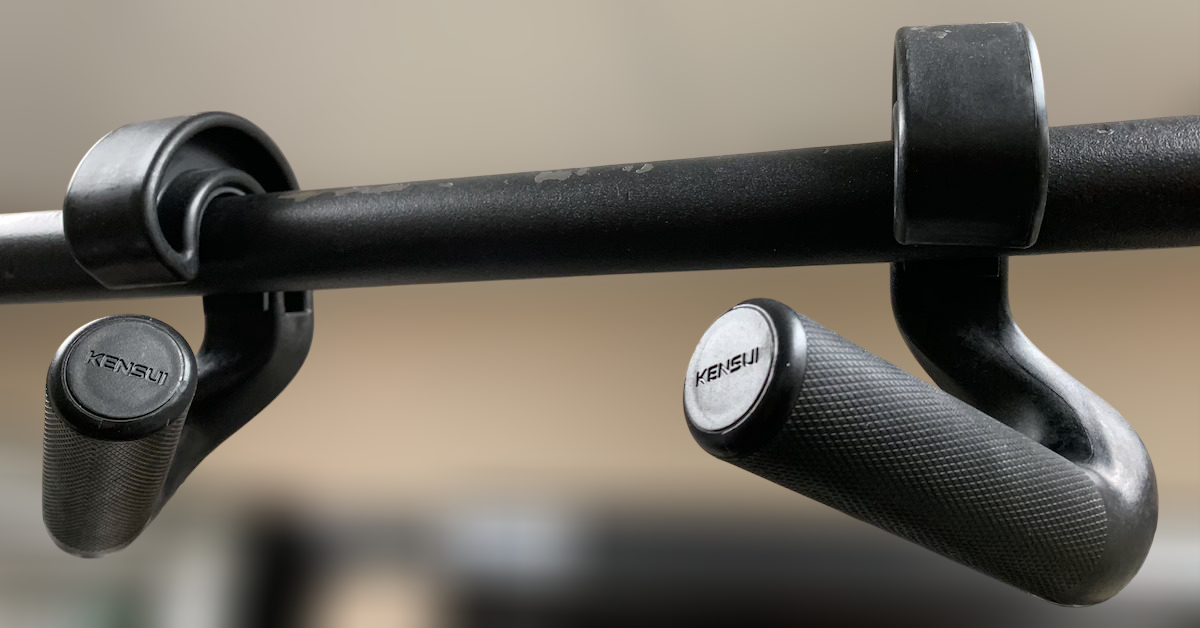On page 81 of The Elite Trainer, I discuss a controversial topic in strength training: Are Olympic lifts necessary to improve athletic performance in sports other than Olympic weightlifting? Let’s explore what some of the top experts in the field have to say.
Bret Contreras: Comparing Olympic Lifts to Powerlifting
“For decades, coaches have debated whether Olympic lifting is mandatory for maximizing power. Some argue that Olympic lifts produce higher power outputs than powerlifts (Garhammer, 1993).
Recent research challenges this notion. Studies show that submaximal deadlifts can produce power outputs comparable to Olympic lifts. Swinton et al. (2011) reported peak power values exceeding 6,000 watts during dynamic effort deadlifts. This suggests that exercises like the hex bar deadlift may match Olympic lifts in power production.”
Source: The Contreras Files: Volume II
Joe DeFranco: Are Olympic Lifts Overrated?
DeFranco argues that Olympic lifts require extensive coaching, making them inefficient for most athletes.
“By training with weights at 50-60% of your 1RM, science has shown that you can generate adequate force and speed. Olympic lifting is a sport in itself—athletes spend years perfecting technique, yet many never master it.”
Source: Ten Training Myths Exposed!
Luke Behncke: Limited Transfer to Sports
“Olympic lifts are distinct skills with limited transfer to sports-specific motor patterns. The idea that they directly improve sports performance is flawed.”
Source: Is Olympic Lifting Relevant to Developing Athletic Power?
Dr. Michael Yessis: Questioning the Transfer to the Field
“Does performing Olympic lifts transfer to better performance on the field? The assumption exists, but no research has definitively proven this.”
Source: Training for Maximum Strength
Eric Cressey: Why Baseball Players Shouldn’t Olympic Lift
“I’m against using Olympic lifts for baseball players due to injury risk and lack of carryover to power development. These athletes have increased joint laxity, making the risks outweigh the benefits.”
Source: Why Baseball Players Shouldn’t Olympic Lift
Bob Gajda: Injury Risks for Young Athletes
“Untrained athletes performing Olympic lifts often suffer injuries. I’ve seen multiple quarterbacks with sprained wrists from improper power clean technique.”
Source: Sports Performance Pioneer Bob Gajda Discusses Bodybuilding Experiences
Tony Gentilcore: More Efficient Alternatives Exist
“Coaching Olympic lifts well takes months. If I have limited time with an athlete, I’d rather focus on med ball throws, skipping drills, and sprint work to develop power.”
Source: Why I Don’t Use the Olympic Lifts
Dr. Tudor Bompa: Strength Training Must Be Sports-Specific
“For sprinting and agility, the triple extension of the calves, quads, and glutes is crucial. The deadlift strengthens the hamstrings but not the triple extensors. A better approach includes:
- Calf raises
- Squats
- Hamstring exercises (e.g., leg curls)”
Source: A Great Interview with Tudor
Drs. Bruce-Low & Smith: The Case for Slow, Controlled Strength Training
“There is little evidence that explosive exercises like Olympic lifts enhance athletic performance more than slow, controlled weight training. In fact, slow training may be safer and more effective for strength and power.”
Source: Explosive Exercises in Sports Training: A Critical Review
Erick Minor: Olympic Lifts Do Not Improve Explosiveness
“Olympic lifts don’t improve sprinting, jumping, or throwing any more than traditional strength training. Power development is sport-specific.”
Source: Do You Need the Olympic Lifts?
Nick Tumminello: Keep Training Focused on Athletic Performance
“Olympic lifts develop power, but they require too much technical skill. Athletes should focus on strength and rehab in the weight room—not becoming weightlifters.”
Source: Olympic Lifting for Athletes?
Charles Staley: Focus on Results, Not Methods
“It’s ironic that weightlifting coaches say Olympic lifts take years to master, yet they promote them as essential for athletes. Strength training should be about results, not dogma.”
Source: Why I Changed My Relationship Status With The Olympic Lifts
Pavel Tsatsouline: Use the Barbell as a Tool, Not an End
“If you want to compete in Olympic lifting, train for it. Otherwise, keep your training simple and focused on performance, not just lifting numbers.”
Source: Do You Want to Get Stronger or Lift More?
Final Thoughts: Are Olympic Lifts Worth It?
There’s no denying that Olympic lifts can develop power when applied correctly. Strength coach Al Vermeil, who has championship rings in both the NFL and NBA, successfully incorporates them into his training hierarchy. However, proper equipment and expert coaching—such as from Dan John—are essential for safe execution.
If Olympic lifts don’t fit your needs, alternatives like hex bar deadlifts, med ball throws, sprint work, and controlled strength training may offer similar or better results with less injury risk.

Upgrade Your Pull-Ups with Swissies-SP Handles
Pull-ups are one of the best exercises for building back and arm strength—but not all pull-up bars are created equal.

No Time to Walk After a Meal? Do This Instead!
By now, most people know that getting in daily steps is essential for overall health. In particular, taking a short

Stay Fit on the Fly: No-Excuse Workouts for Travelers
One of the biggest challenges people face when traveling is maintaining their exercise routine. The two most common excuses? Lack
follow
Error: No feed with the ID 2 found.
Please go to the Instagram Feed settings page to create a feed.
